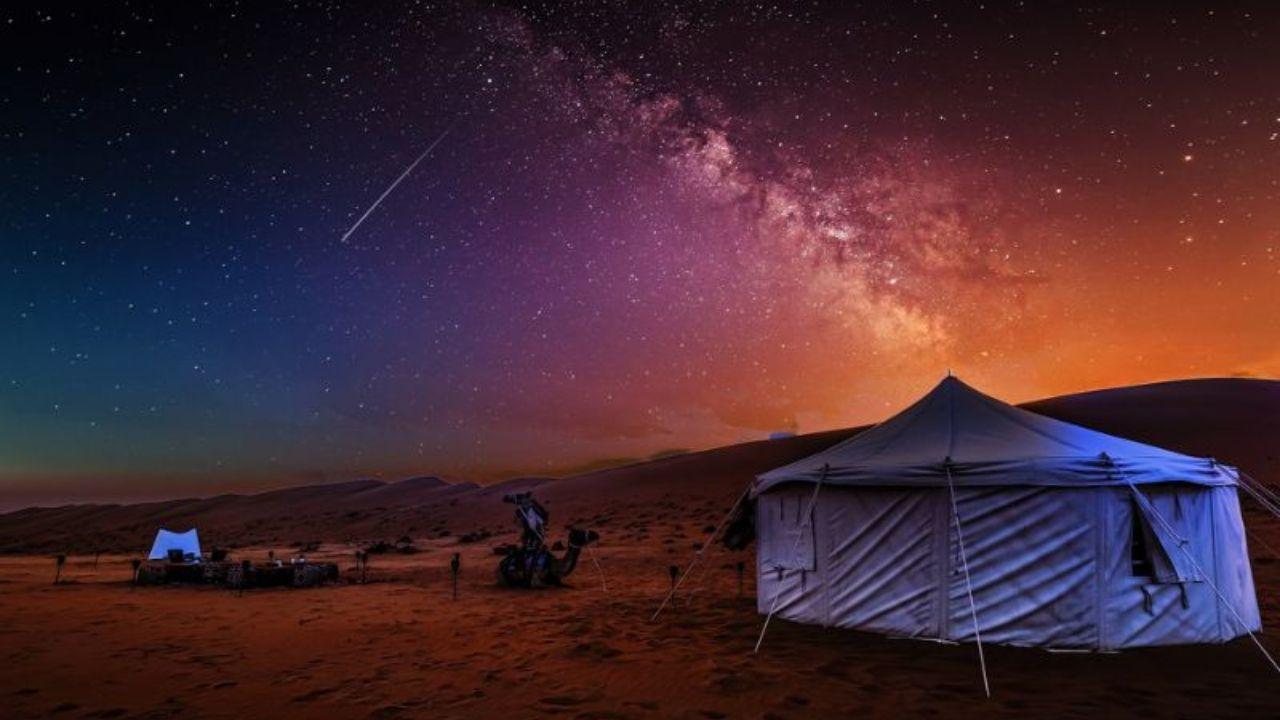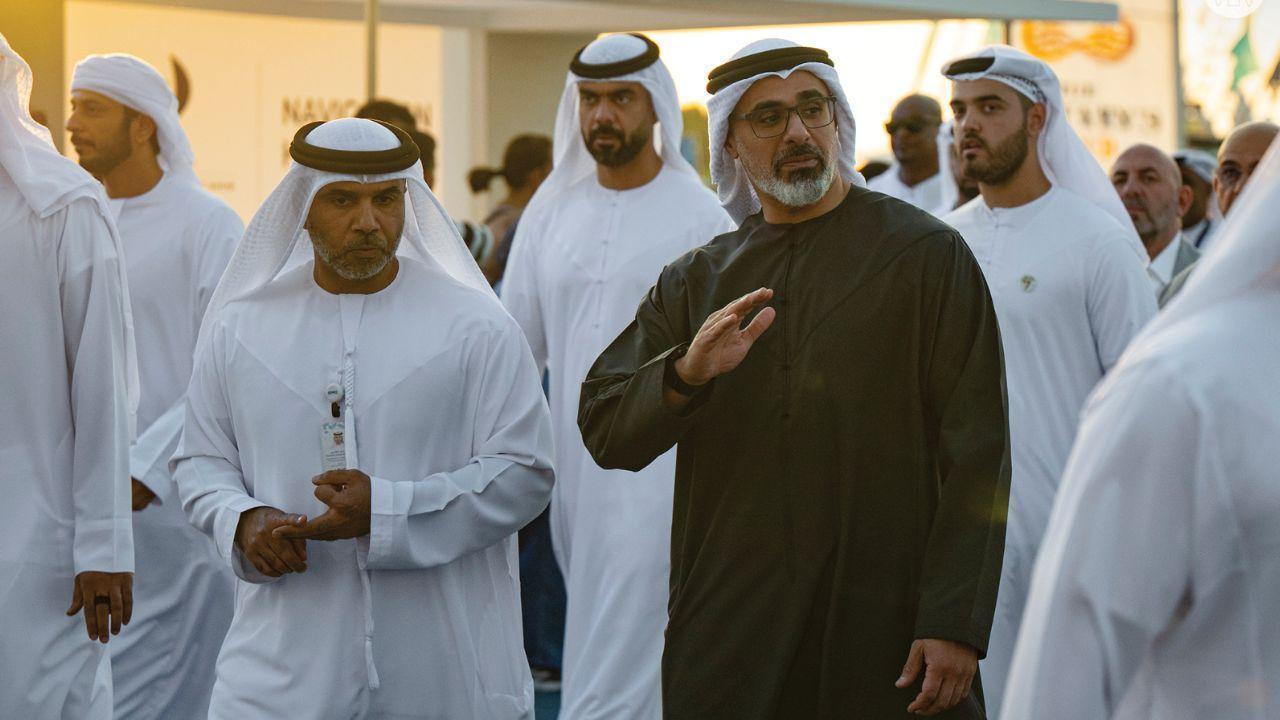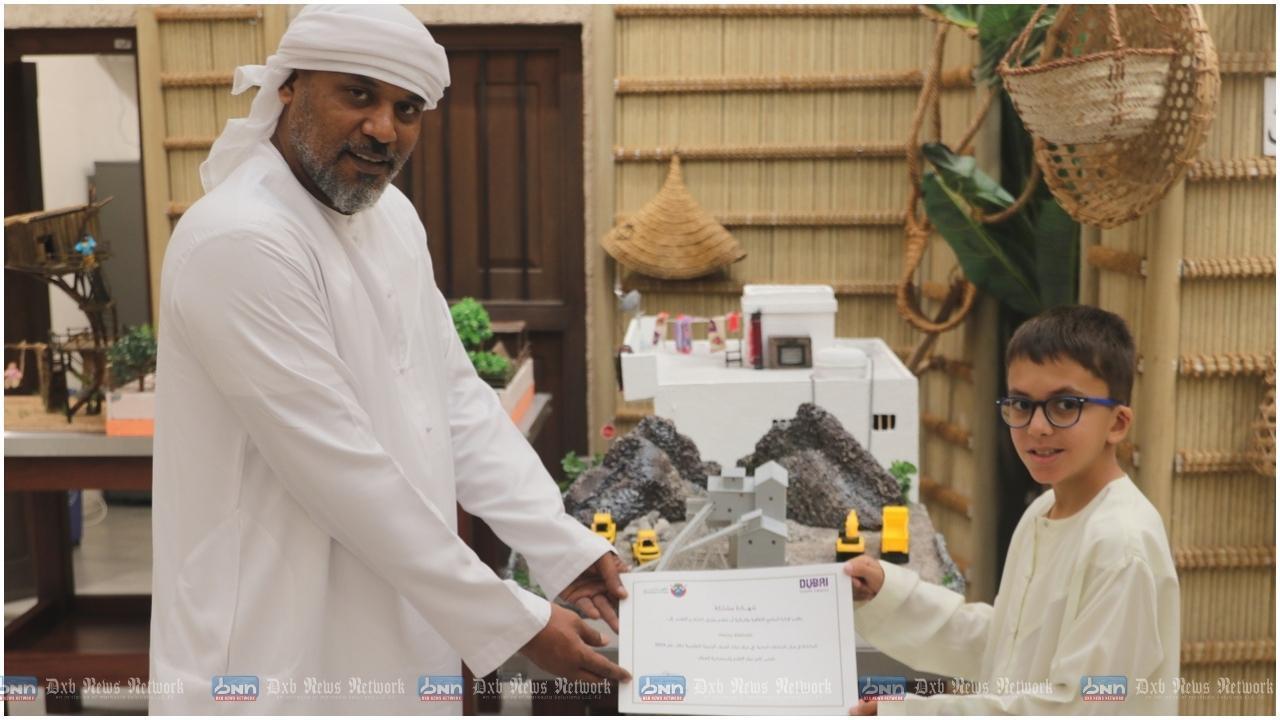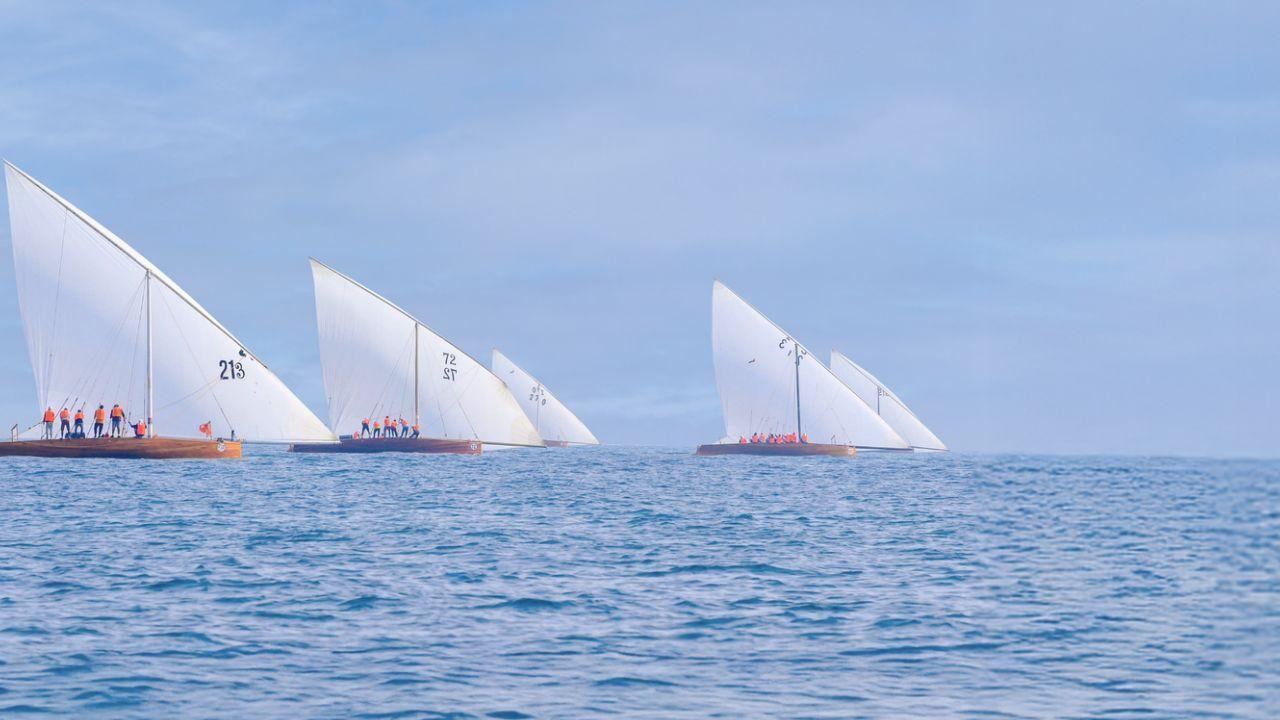
The desert holds a timeless allure, where the vast expanse of sand meets the infinite sky. But it’s after the sun sets that the real magic begins. The Arabian night sky transforms into a breathtaking canvas of stars, offering an unparalleled stargazing experience. Whether you're a seasoned astronomer or simply someone who enjoys the beauty of the night sky, the Arabian desert provides the perfect setting to lose yourself in the wonders of the cosmos.
The Arabian night sky is renowned for its clarity and brightness, making it one of the best places in the world for stargazing. Far away from the light pollution of cities, the desert offers an unobstructed view of the heavens. As night falls, the sky comes alive with countless stars, planets, and constellations, each telling a story that has fascinated humans for millennia.
In this serene and remote setting, the stargazing experience becomes deeply immersive. The silence of the desert, punctuated only by the occasional rustle of the wind, allows you to connect with the night sky on a profound level. It’s easy to see why the stars have inspired poets, navigators, and dreamers throughout history.

Stargazing in the Arabian desert is not just about looking up at the sky; it's about understanding the stories and science behind the stars. The Arabian Peninsula has a rich history of astronomy, with ancient scholars mapping the stars and using them for navigation across the vast desert. Today, you can follow in their footsteps, exploring the same constellations and celestial bodies that guided travelers through the ages.
One of the highlights of stargazing in the Arabian desert is the opportunity to see the Milky Way in all its glory. This dazzling band of light, made up of millions of stars, stretches across the sky, offering a sight that is both humbling and awe-inspiring. On clear nights, you might also catch a glimpse of planets like Jupiter and Saturn, shining brightly among the stars.
As you gaze up at the Arabian night sky, you’ll begin to recognize some of the most famous constellations. Orion, with his distinctive belt of three stars, is one of the easiest to spot. This mighty hunter, known as Al Jabbar in Arabic, has been a central figure in the night sky for cultures around the world.
Another prominent constellation is the Big Dipper, part of Ursa Major, which has been used for centuries to locate the North Star, or Polaris. This star, found at the end of the Little Dipper’s handle, has guided navigators for generations and is a key feature of the northern sky.
The Southern Cross, a constellation visible in the southern hemisphere, can also be seen from certain parts of the Arabian desert. This cross-shaped constellation is often used to find the direction south, making it a vital tool for travelers in the desert.
The practice of stargazing has deep cultural significance in the Arabian world. For centuries, the stars have been used not just for navigation but also for storytelling and religious practices. The Bedouins, the nomadic tribes of the Arabian desert, have a rich oral tradition of stories linked to the stars, which they passed down through generations.
These stories often explain the origins of the constellations or convey important moral lessons. For example, the story of the Seven Sisters, or Pleiades, tells of seven sisters who were turned into stars to escape a relentless hunter. This constellation, known as Thurayya in Arabic, is still easily visible and continues to be a source of wonder.
Participating in a stargazing session in the Arabian desert often includes hearing these ancient tales, adding a layer of cultural richness to the experience. Whether you’re sitting around a campfire listening to these stories or simply reflecting on the vastness of the universe, stargazing in the Arabian desert is a journey through both space and time.

If you’re planning a stargazing adventure in the Arabian desert, timing is everything. The best time to see the stars is during the cooler months, from October to March, when the skies are clearer, and the temperatures are more comfortable. During this time, the Milky Way is particularly visible, making it an ideal period for stargazing enthusiasts.
As for the location, the farther you are from city lights, the better. Many desert camps offer dedicated stargazing experiences, complete with telescopes and knowledgeable guides who can help you navigate the night sky. Some of the best stargazing spots in the Arabian Peninsula include the Empty Quarter, the Wahiba Sands, and the Jebel Shams mountains, all of which offer unobstructed views of the stars.
To make the most of your stargazing experience in the Arabian desert, here are a few tips:
The article "Stargazing: The Arabian Night Sky" explores the enchanting experience of stargazing in the Arabian desert. It highlights the unique beauty of the Arabian night sky, renowned for its clarity and brightness, making it one of the best places in the world for stargazing. The article delves into the cultural significance of stargazing in Arabian history, the stories behind famous constellations, and offers tips for an unforgettable stargazing adventure. It also emphasizes the importance of choosing the right time and location for the best stargazing experience.
This article is provided by DXB News Network for informational purposes. While we strive to provide accurate and up-to-date information, we recommend that readers verify any information related to stargazing experiences or desert travel. The stargazing experience in the Arabian desert can be deeply immersive and educational for all ages, but it's important to consider the conditions and safety aspects before embarking on such an adventure. DXB News Network is not responsible for any personal experiences or outcomes resulting from following the tips and advice mentioned in the article.
The best time for stargazing in the Arabian desert is from October to March. During these cooler months, the skies are clearer, and the temperatures are more comfortable for outdoor activities. This period also offers the best visibility of the Milky Way.
Some of the top stargazing spots in the Arabian Peninsula include the Empty Quarter, the Wahiba Sands, and the Jebel Shams mountains. These locations offer unobstructed views of the night sky away from city lights.
While you can enjoy stargazing with the naked eye, bringing a telescope or binoculars can enhance your experience by allowing you to see celestial objects more clearly. Additionally, stargazing apps can help you identify stars and constellations in real-time.
Even though the desert can be hot during the day, temperatures often drop significantly at night. It’s advisable to dress in layers to stay warm and comfortable. A light jacket or sweater is recommended.
Yes, stargazing in the Arabian desert is deeply intertwined with cultural traditions. The Bedouins have a rich oral tradition of stories linked to the stars, which are often shared during stargazing sessions. These stories and constellations have been significant in guiding travelers and conveying moral lessons for centuries.
Stargazing, Arabian night sky, Desert stargazing, Milky Way, Constellations, Astronomy, Bedouin star stories, Celestial objects, Night sky, Arabian desert, Empty Quarter, Wahiba Sands, Jebel Shams, Planet viewing, Stargazing tips, Astronomical experience, Night sky photography, Star identification apps, Cultural significance of stars, Celestial navigation
#trending #latest #Stargazing #ArabianNightSky #DesertStars #MilkyWay #Astronomy #CelestialWonders #DesertAdventure #NightSkyPhotography #Constellations #TravelUnderTheStars #breakingnews #worldnews #headlines #topstories #globalUpdate #dxbnewsnetwork #dxbnews #dxbdnn #dxbnewsnetworkdnn #bestnewschanneldubai #bestnewschannelUAE #bestnewschannelabudhabi #bestnewschannelajman #bestnewschannelofdubai #popularnewschanneldubai

During the visit, His Highness toured the exhibition, visiting various local and international pavilions...Read More.

In the first ten months of 2024, Dubai Real Estate Corporation (DREC) and its subsidiary, Wasl Group, saw a 28% rise in revenues compared to 2023...Read More.
 Salah inspires Liverpool comeback to extend lead to eight points at Southampton
Salah inspires Liverpool comeback to extend lead to eight points at Southampton
Liverpool came from 2-1 down as Salah scored twice in the second half, reaching 10 goals
 Nine-Year-Old’s Model of Hajar Mountains Earns Recognition from Dubai Culture & Arts Authority.
Nine-Year-Old’s Model of Hajar Mountains Earns Recognition from Dubai Culture & Arts Authority.
educational journey by nine-year-old Henry Zielinski, a Grade 3 student at Clarion School, underscor
 Muhammad Hamza Raja: A Bodybuilder Who Inspires the World
Muhammad Hamza Raja: A Bodybuilder Who Inspires the World
Muhammad Hamza Raja’s story is a perfect example of someone who has embraced this spirit.
 Yeh Kaali Kaali Ankhein 2 Review: Tahir Raj Bhasin Shines
Yeh Kaali Kaali Ankhein 2 Review: Tahir Raj Bhasin Shines
Yeh Kaali Kaali Ankhein 2 continues the thrilling story with fresh twists and new challenges.
 Manoj Bajpayee Discusses Indie Cinema Crisis & Why Bollywood Acting Is the Toughest Job
Manoj Bajpayee Discusses Indie Cinema Crisis & Why Bollywood Acting Is the Toughest Job
The acclaimed actor candidly spoke about his career, fame, and experiences in films.
Khaled bin Mohamed bin Zayed visits 6th Abu Dhabi International Boat Show

During the visit, His Highness toured the exhibition, visiting various local and international pavilions
Dubai Real Estate Corporation Reports 28% Revenue Growth

In the first ten months of 2024, Dubai Real Estate Corporation (DREC) and its subsidiary, Wasl Group, saw a 28% rise in revenues compared to 2023
4th Al Sila Marine Festival to Be Held in Al Dhafra Under Hamdan bin Zayed

The Abu Dhabi Heritage Authority and the Abu Dhabi Marine Sports Club are organising the event
The Rise of Sustainable Clothing: How Eco-Friendly Fashion is Trending

Discover the growing trend of sustainable fashion for a better future
Egypt and Saudi Arabia wrap up ‘Piercing Arrow 2024’ joint exercise

The training took place in Egypt's Southern Military Zone and the Southern Fleet's operational area, with observers from allied and friendly nations
Top TikTok Beauty Products for a Glowing Look

Discover top TikTok beauty products for a glowing, radiant look
2nd Abu Dhabi Maritime Awards Honors Top Marinas in MENA and Türkiye

The Pearl Island Marina in Qatar won silver, while bronze was awarded to Abu Dhabi Marine in the UAE
Abu Dhabi Kingfish Championships to Feature AED 4.3M+ Prize Pool

The event aims to preserve maritime traditions and promote sustainable, regulated traditional fishing, reflecting values of authenticity
How Technology is Changing The Future of Work and Education

Discover how technology is transforming work and education for all
Nita Ambani stuns at IPL auction in tweed pantsuit and diamond brooch

Nita Ambani wowed the crowd at the IPL Auction 2025 in a stunning navy blue tweed suit. The price? Absolutely jaw-dropping
© DNN. All Rights Reserved.